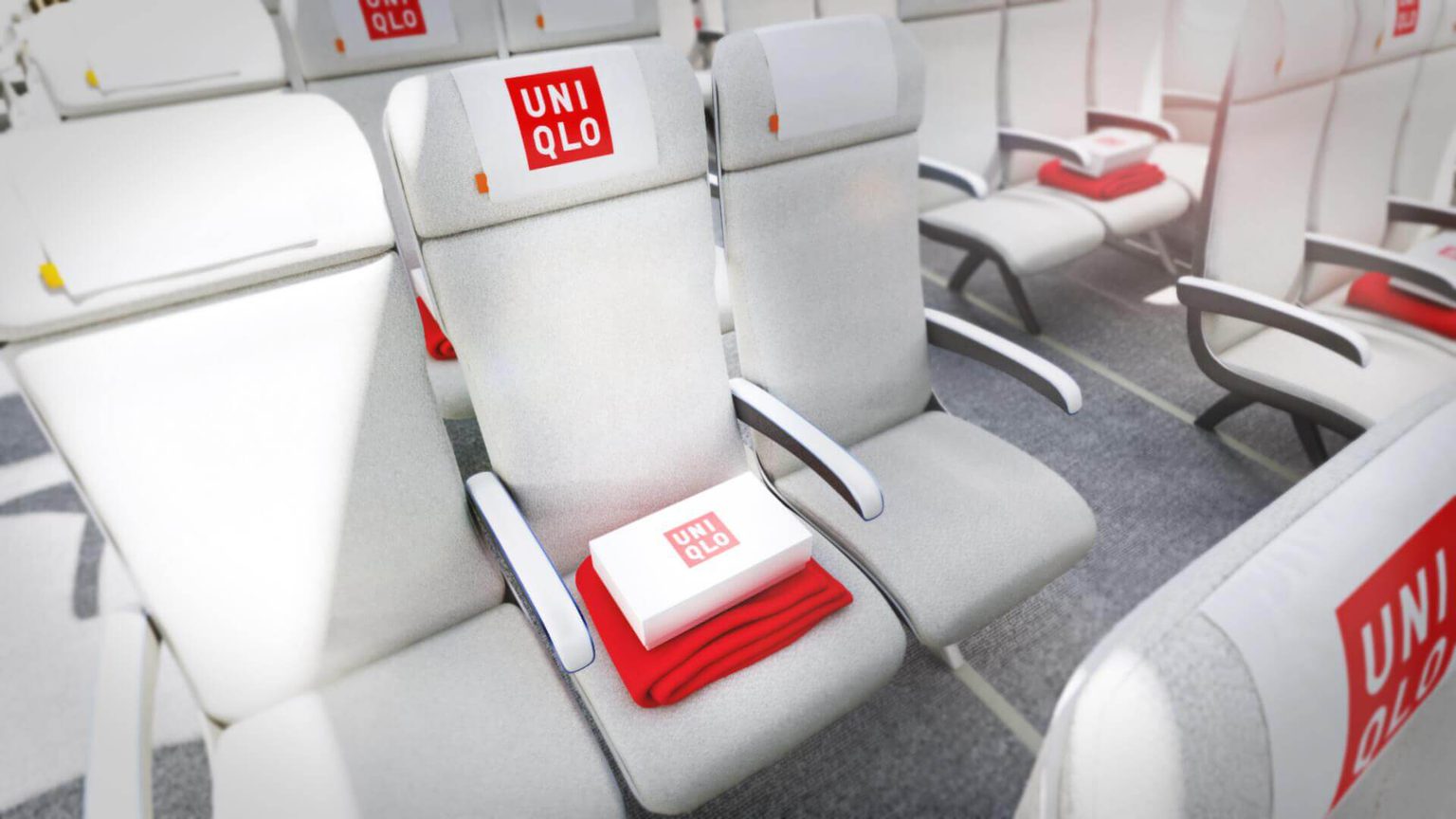
Technology

Devin Liddell | Principal Futurist

Devin Liddell
Devin designs preferred futures in aviation, automotive, smart cities, personal mobility, space travel, and more.
Connect with Devin on LinkedIn
At the moment, airlines are still flying high. Low fuel prices and high passenger demand continue to help carriers deliver strong profits. But there are threats on the horizon that are much bigger than near-term increases in fuel and labor costs or political uncertainty. Instead, revolutionary innovations in overland transportation—namely, autonomous vehicles and Hyperloop—have the potential to disrupt commercial aviation in dramatic ways. At a minimum, both technologies have the capacity to make short-haul air travel obsolete. Why fly from Seattle to San Francisco if your autonomous car, complete with a lie-flat bed and big screen TV, can just drive you there overnight? And why fly from Los Angeles to New York if Hyperloop can get you there in under an hour, and without burning any fossil fuels?
This is all to say that truly exceptional passenger experiences onboard commercial aircraft won’t be nice-to-haves. They’ll be requisites for the industry’s survival. Furthermore, how we design the future passenger experience around connectivity in particular will have to be a lot more profound than what the industry might be considering now.
Here are the key connectivity-related innovations airlines and airports need to start designing today to be relevant in the looming era of autonomous vehicles and Hyperloop.
You won’t have to wait in a TSA line to board your own autonomous vehicle. So, while a line-free airport experience sounds impossible, it’ll be an absolute imperative in the future. In Europe and North America especially, eliminating lines will require stretching the airport beyond its physical footprint, and doing things like in-transit TSA screening. Inside the airport, we’ll need to bring passengers to the gate right when they need to board, not earlier or later. Connecting passengers to just-in-time information and prompts will be possible through smart tables and other infrastructure that’s fully integrated with airport and airline systems.

Co-making is a short-cut to removing friction within the travel experience, and also delivering experiences passengers can’t get anywhere else. For this reason, it’s going to be hugely important for connected aircraft. In-flight entertainment centers are an obvious starting point for co-making relationships, and airlines will need to offer the ability to check-in to hotels, pre-order room service, and even customize hotel rooms (through IoT devices and systems). Airlines will also need to establish relationships with powerful brands outside the category to offer sought-after products and services that are only available onboard connected aircraft, which could include everything from custom Nike shoes to pre-release Xbox games.

Autonomous cars will essentially act as sentient assistants to travelers in the future, offering contextually relevant and highly personalized guidance. Commercial aviation continues to lag dangerously behind in these areas, so big leaps forward will be required to keep pace with these emerging transportation alternatives. For a start, airlines will need to partner with the likes of Amazon, Google, Apple, and Microsoft to bring artificial intelligences into the air travel experience. This could transform airport navigation as well as the boarding process (which is entirely broken currently). Also, airlines will need to make real-time bag tracking an industry standard, and even use passenger information to proactively form Uber and Lyft pools for passengers headed to the same in-city destination.
